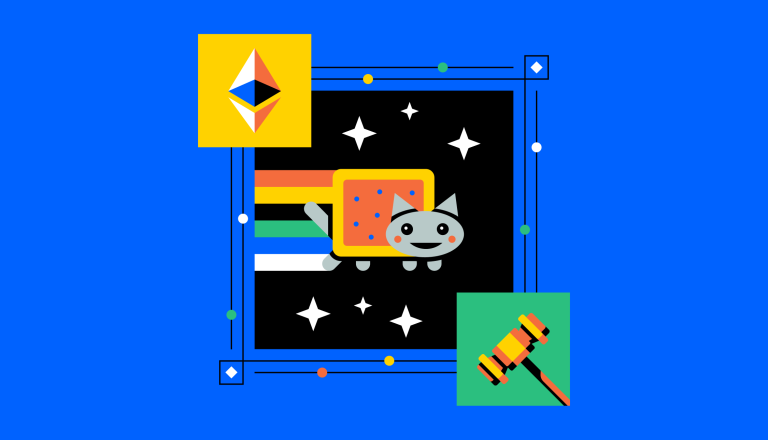What is a dynamic NFT (dNFT) and how does it change over time?

Dynamic NFTs (dNFTs) are a newer generation of non-fungible tokens that have the potential to change based on external conditions.
Unlike static NFTs, dNFTs may update aspects of their metadata, providing a distinctive feature for digitizing items in the real world.
The change in a dNFT often refers to modifications in the NFT’s metadata triggered by a smart contract.
What is a Dynamic NFT (dNFT)?
A dynamic NFT (dNFT) is a Non-Fungible Token (NFT) with encoded smart contract logic that enables it to potentially change its metadata based on external conditions.
NFTs are unique digital objects that exist on a blockchain, differentiated from one another through a unique tokenID and contract address.
Metadata such as images, video files, or other data can be attached to these tokens, making it possible to own a token that represents a unique digital object.
How do Dynamic NFTs differ from Static NFTs?
Static NFTs are currently a prevalent type of NFT, used primarily by NFT art projects and play-to-earn game projects as digital collectibles. However, the metadata attached to static NFTs is fixed once they’re minted on a blockchain, limiting their use cases.
Dynamic NFTs, on the other hand, retain their unique identifiers while having the potential to update aspects of their metadata. This means a dynamic NFT may change based on external conditions, often referring to modifications in the NFT’s metadata triggered by a smart contract.
How does a Dynamic NFT Work?
Creating a dynamic NFT requires an NFT smart contract built on the ERC-721 or ERC-1155 token standard, or an alternative standard on another blockchain that works similarly.
It also needs the ability to connect to external data, often through a blockchain oracle service, and the ability to automatically trigger NFT metadata changes based on predefined conditions.
By combining these core elements together, developers may build dynamic NFTs that can be modified in multiple ways based on external conditions.
Use Cases of Dynamic NFTs
Dynamic NFTs provide a distinctive feature for digitizing items in the real world, such as real estate deeds, patents, and other unique identifiers. They may also be used in building progression-based video games or creating blockchain-based fantasy sports leagues that often require data to be updated.
For example, dynamic NFTs may be minted based on certain conditions, such as when a hidden spot is found in an augmented reality application. They can also house “hidden traits” manifested through user interactions instead of within the metadata.
The Future of Dynamic NFTs
As the NFT space continues to evolve, dynamic NFTs are expected to contribute to the future of digital assets. The potential of dynamic NFTs to adapt and change in response to external events and data expands the design space that NFTs can address.
This indicates potential avenues for personalization, interactivity, and value creation in the digital creator economy, indicating a development in the NFT space with dynamic NFTs.


